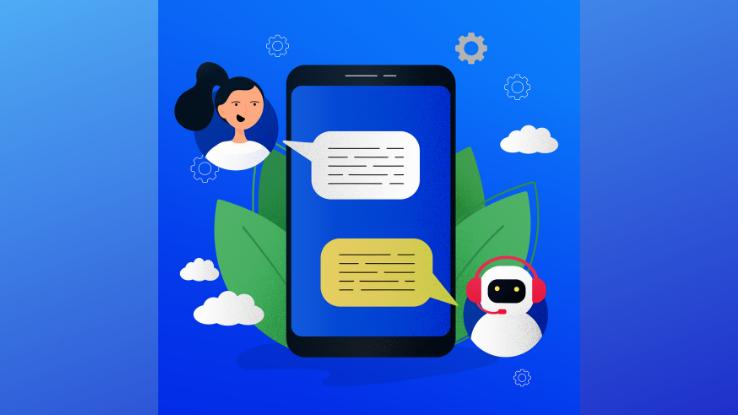
As people continue to rely heavily on the internet to meet their daily needs, chatbots are becoming a popular source of customer support. These sophisticated internet assistants provide users with targeted web support, answer questions, and provide an improved user relationship with online companies.
Although they seem high-tech, these chat systems have come a long way since their earliest iterations. Here’s the history of chatbots and a glimpse at their future role in customer service.
What Makes a Chatbot?
If you’ve logged onto a service-related websites in the past year, there’s a pretty solid chance that you’ve used — or at least noticed — chatbots. More often than note, they appear as little chat icons in the corner of the screen, often prompting you to chat with them by prompting questions like, “How can I assist you today?”
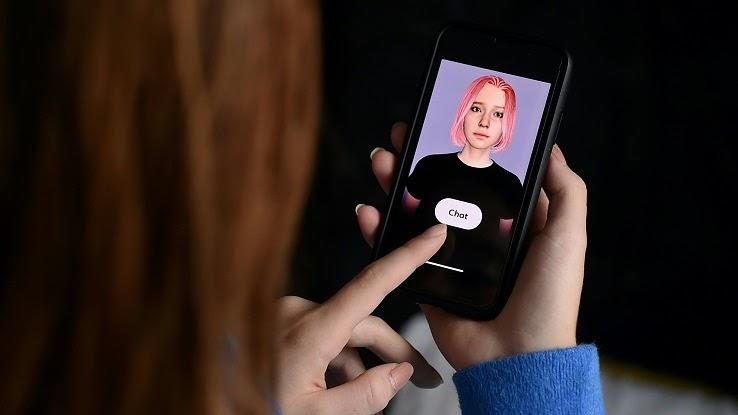
At a basic level, chatbots are programs that allows for human conversation with computers. Whether that communication is based only on simple language or is conversationally dynamic is a question of individual software. Still, chatbots have gotten more high-tech as time has gone on. While some of the first chatbots were often unable to respond unless prompted by specific keywords, newer chatbots have a wider range of vocabulary and functions.
All of this to say, despite the tech-savvy nature of present-day chatbots, they aren’t a recent invention. The creation of chatbots branches back into the 20th century, beginning with psychology-based computer programs and evolving into self-help and customer service programs. So, how have chatbots evolved over the years?
The Earliest Chatbots: Tools of Psychology
You might be surprised to learn that early chatbots preceded the first personal computer. In the mid-20th century, chatbots were mainly developed to explore questions of psychological behavior and therapeutic techniques. In 1966, the chatbot ELIZA was produced by computer scientist Joseph Weizenbaum to imitate conversational patterns of a Rogerian therapist. Although ELIZA was triggered by keywords and couldn’t engage beyond superficial vocabulary, the program was the basis for the development of modern chatbot technology.
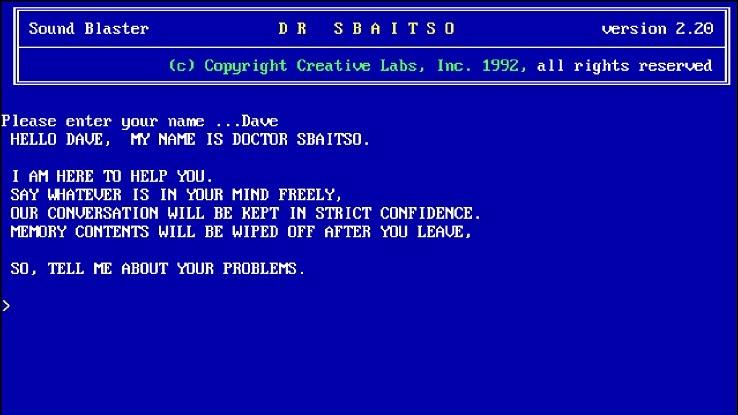
PARRY came in 1972. This bot was designed to simulate a conversation with someone living with schizophrenia. Unlike ELIZA, PARRY had more advanced speech patterns, often responding with eerie accuracy to written communication.
In 1991 came Dr. Sbaitso, a psychologist simulator, became the first bot to utilize text-to-speech functioning. Although text-to-speech was an advanced concept, Dr. Sbaitso mostly responded with well-known phrases associated with psychology and talk therapy, such as, “How do you feel about that?” If the bot didn’t understand a phrase, it would respond with, “That’s not my problem,” which maybe isn’t the thing you want to hear during a session.
Advancements in Entertainment & Growth Through the ’90s
The first iteration of our modern chatbot was Chatterbot Julia, which was designed in 1991 by Dr. Michael Mauldin. Mauldin, who also created an early search engine called Lycos, created Julia to simulate human conversation more consistently than chatbot attempts that came before. With this in mind, Julia had more personality and possessed a more dynamic vocabulary than previous bots. Another fun fact? Julia’s “Chatterbot” title was actually where the term “chatbot” came from.
By 1995, ALICE marked another massive leap forward. For example, ALICE’s advanced language processing allowed the bot to maintain an impressive natural flow of conversation.
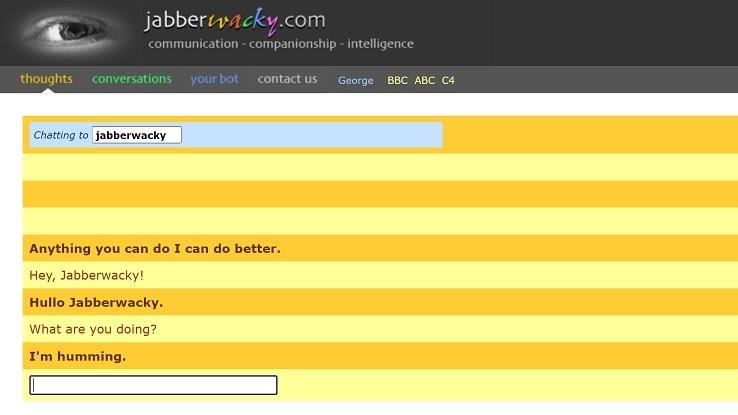
One long-time work-in-progress chatbot, Jabberwacky, began back in 1981, though development continued through the early 2000s. Rollo Carpenter, the creator of Jabberwacky, took 20 years to perfect the project, which includes multiple tabs dedicated to “thoughts” and “conversations,” allowing users to really explore the intellectual capabilities of Jabberwacky’s conversational skills.
Jabberwacky became foundational in the ongoing development of complex chatbots. Folks who used Microsoft’s products during the ’90s might also remember Clippy, the paperclip icon that popped up to offer (allegedly) helpful — and incredibly persistent — tips for using Microsoft’s various softwares.
Chatbots as Tech Tools: Early 2000s to Today
Throughout the 2000s, major developments were made in chatbot technology, inspiring the chatbot tech we encounter today. In 2000, ActiveBuddy created the first chatbot to merge with a customer service program. The bot, SmarterChild, joined up with AOL and MSN messaging systems in 2001, serving users in a similar way to modern-day Siri and Cortana.
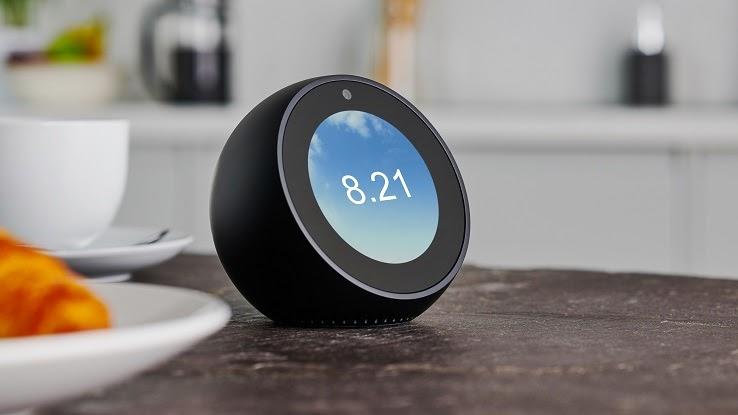
In 2006, IBM developed the knowledge-rich Watson to answer Jeopardy questions without human support; Watson has even gone on to serve as a decision-maker for businesses and hospitals. A few years later, 2008 saw the birth of Evie and the text-only Cleverbot, both of which were designed to simulate realistic conversation with consumers.
In 2016 came Microsoft’s chatbots Tay and Zo brought chatbots to social media for the first time. Although Tay had to be shut down within 24 hours due to troublesome Twitter users encouraging offensive speech, the emotionally intelligent Zo returned to take Tay’s place. Zo was integrated into Kik, Facebook, Twitter, and other social apps, and proved much more well-behaved.
The most recent phases of chatbots have seen a roll-out of tech-integrated chatbots, including virtual assistants like Apple’s Siri, Microsoft’s Cortana, and, of course, Amazon’s Alexa. These digital chatbots act within the software of the majority of smartphones and newer PCs. They allow users to ask questions and receive information pulled from the web or internal memory, as well as use text-to-speech to adjust their digital schedules, add items to grocery lists, and more. Popular external AI home-assistant devices also utilize chatbot features, such as the Google Home or Amazon Echo.
Moreover, a team of researchers, sound designers and linguists — along with the folks behind Copenhagen Pride week — developed Q, the world’s first genderless virtual assistant. Part of an initiative called Equal A.I., the team behind Q hopes to “write and right the future,” in part by undoing the implicit bias and biased algorithms — reflections of human bigotry — that undergird other A.I., chatbots and virtual assistants.
Customer Service Solutions: Are Chatbots the Future?
These days, in our internet-reliant world, chatbots are an incredibly common integration on customer-facing websites. These web-based chatbots can be used to answer questions, direct consumers toward specific products, or guide customers through tech support, internet returns, and other services that formerly relied on human agents.
However, if a chatbot can’t identify a solution to a user’s problem, they often still connect (or direct) you to a trained (human) representative. Even though they aren’t completely self-reliant, chatbots certainly help users hone in on their questions and needs — and they free up customer service agents’ time when it comes to common, easy-to-solve issues.

Since virtual interactions in shopping, tech support and more are at an all-time high, it’s unlikely that we’ll see a decrease in virtual agents anytime soon. Additionally, tech-focused companies like Google and Amazon will certainly continue to develop chatbot-centric products to meet the increased call for on-demand assistance. One thing is certain: chatbots will continue to forge bridges between users and service providers, hopefully fielding fewer and fewer demands for “representative.”






